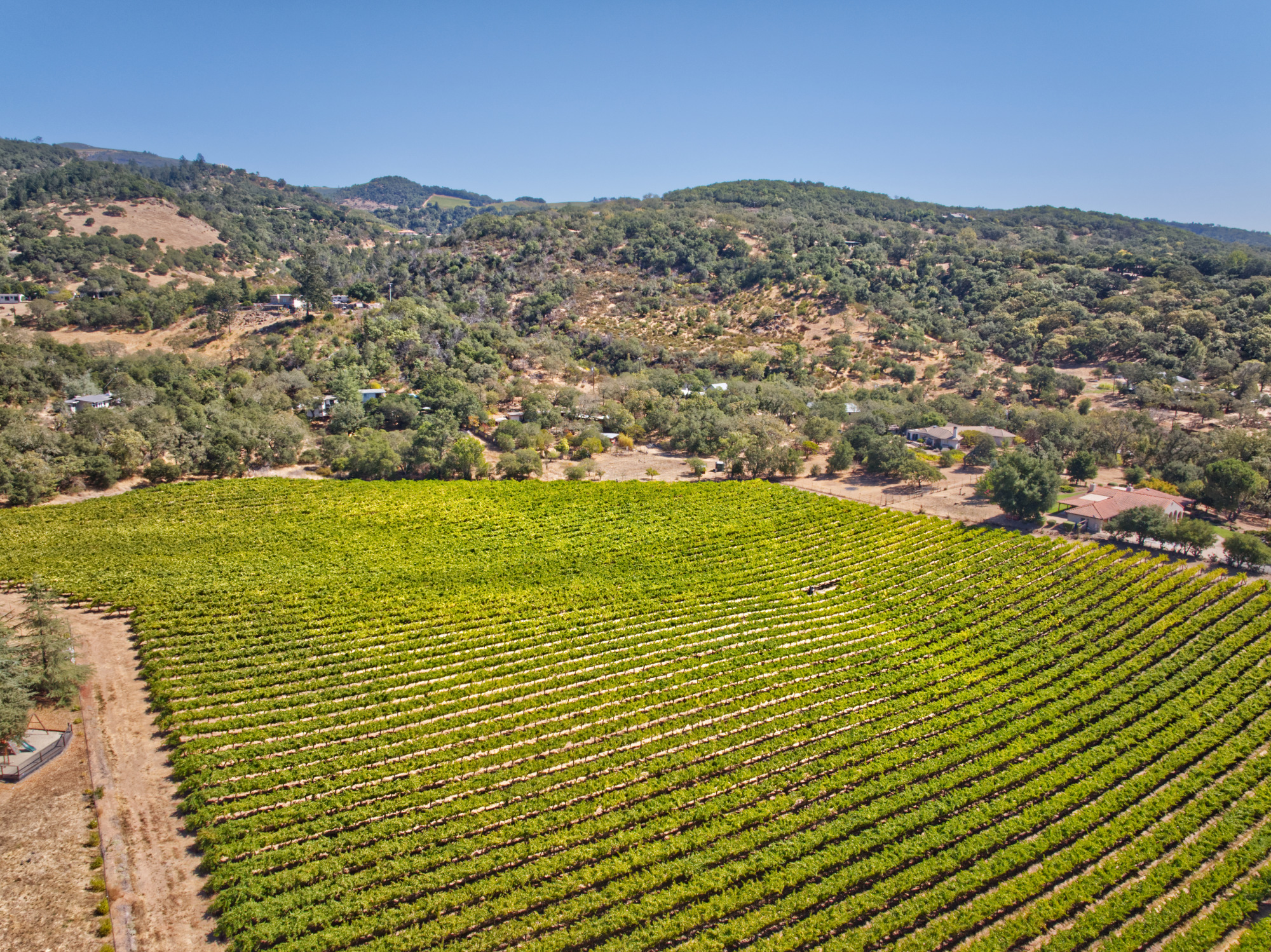
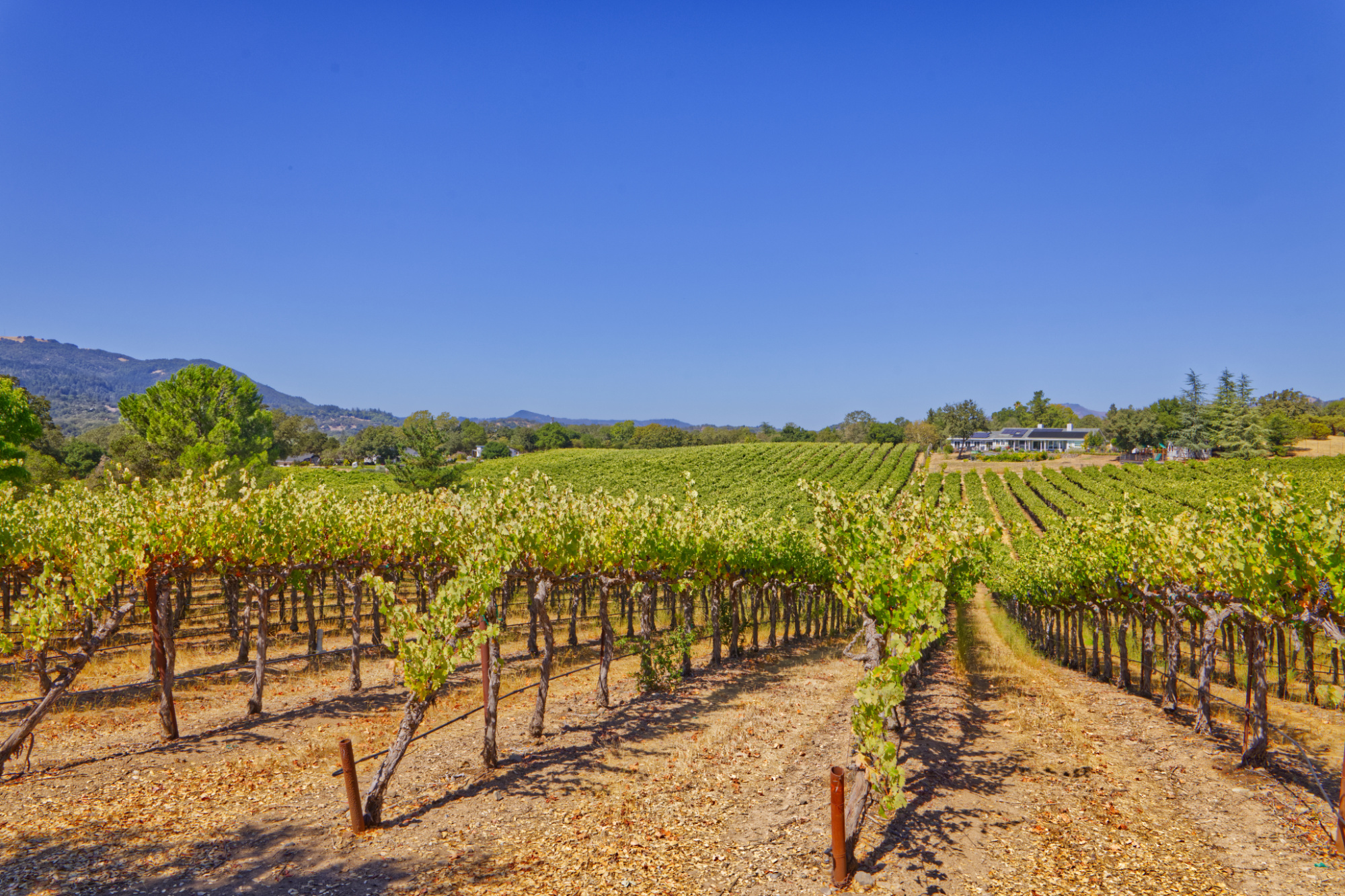
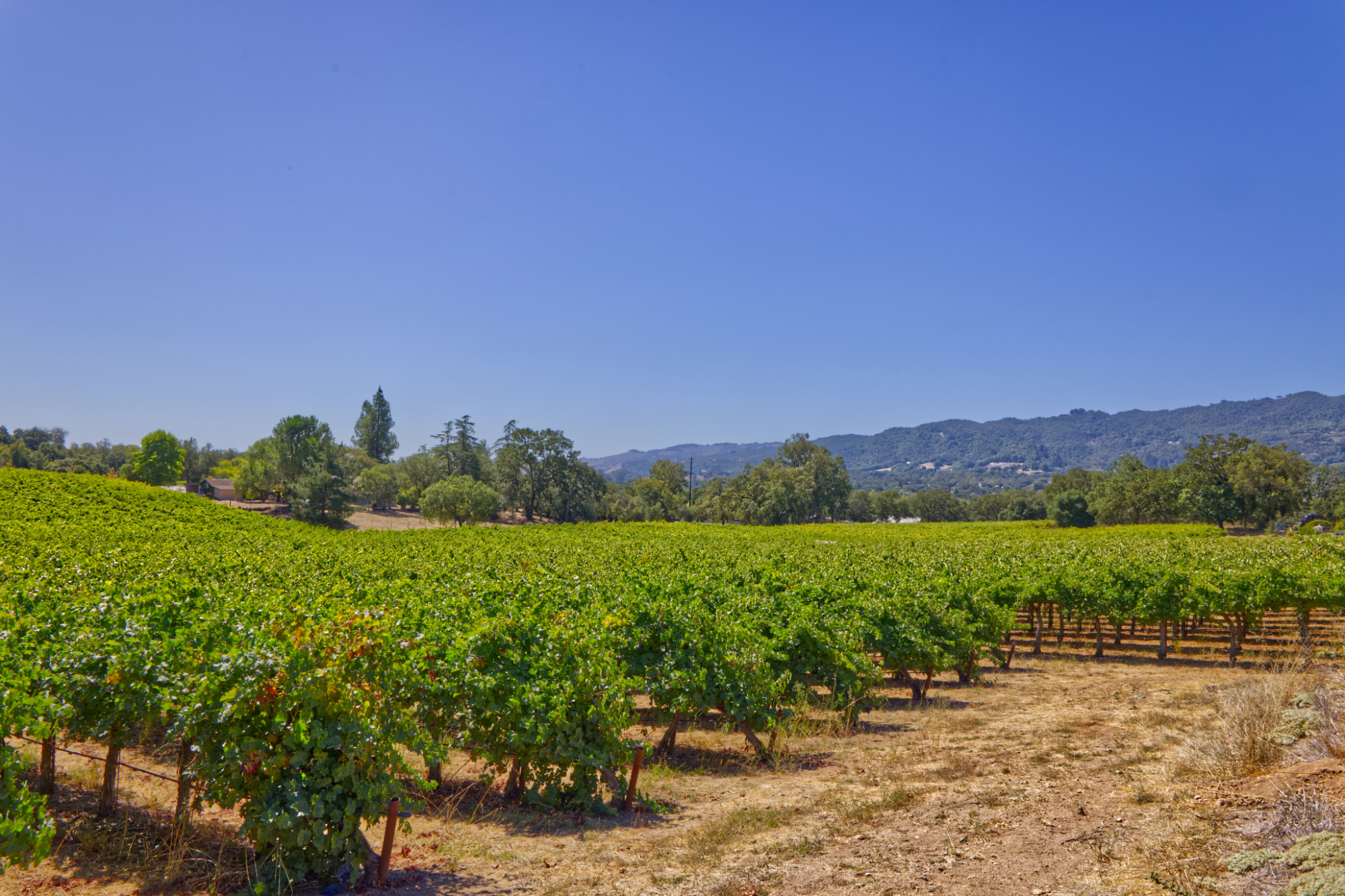
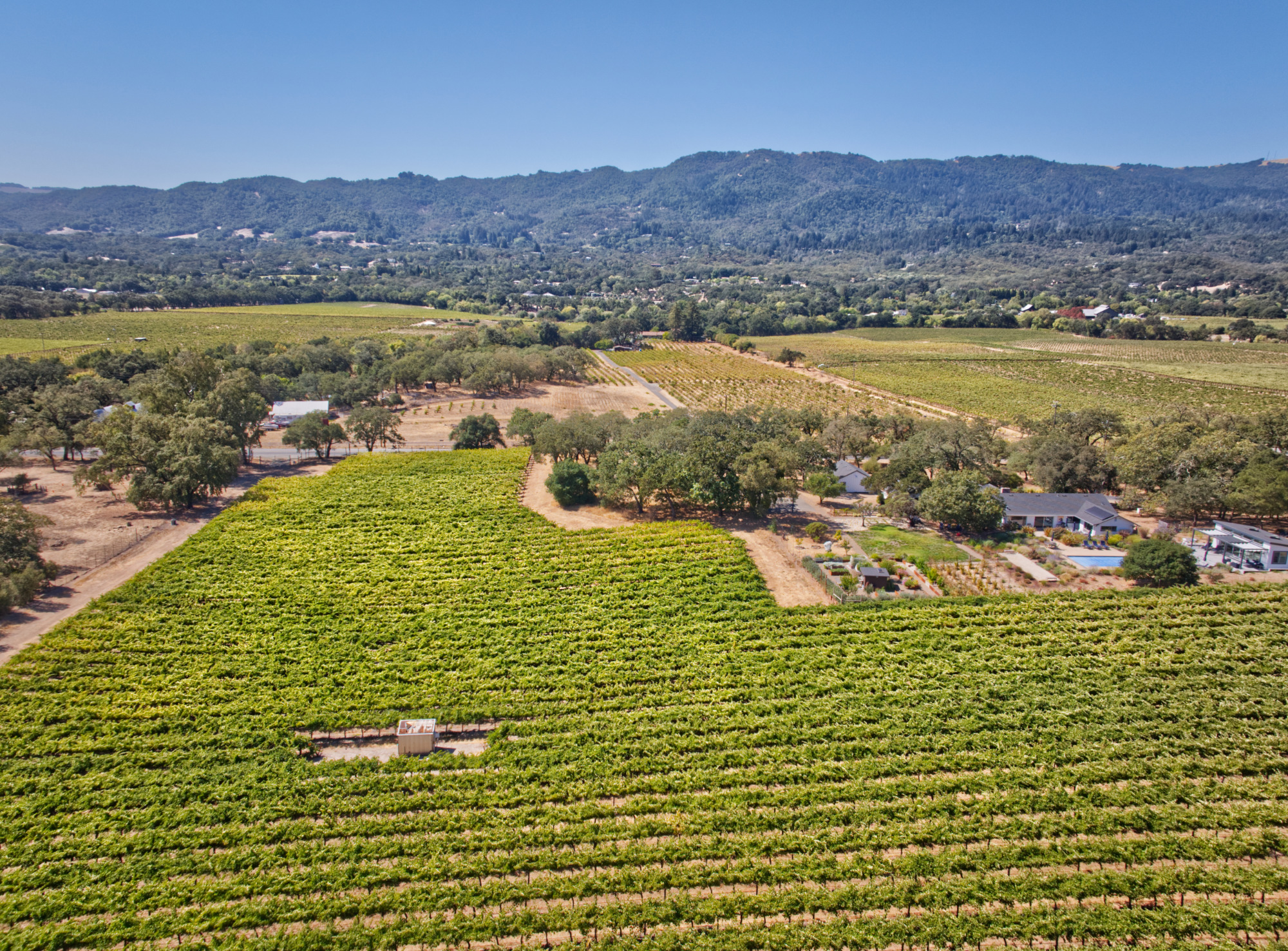
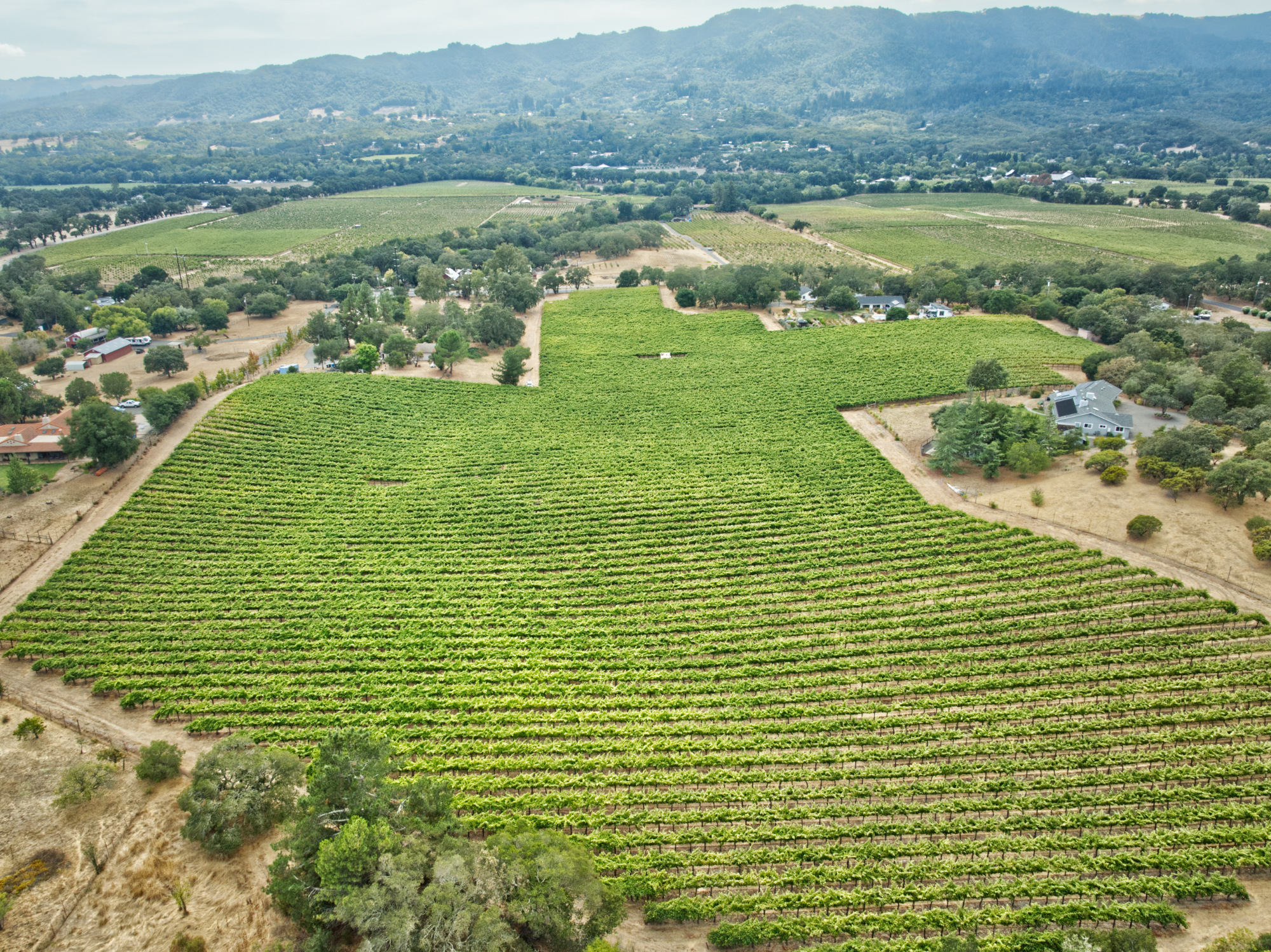
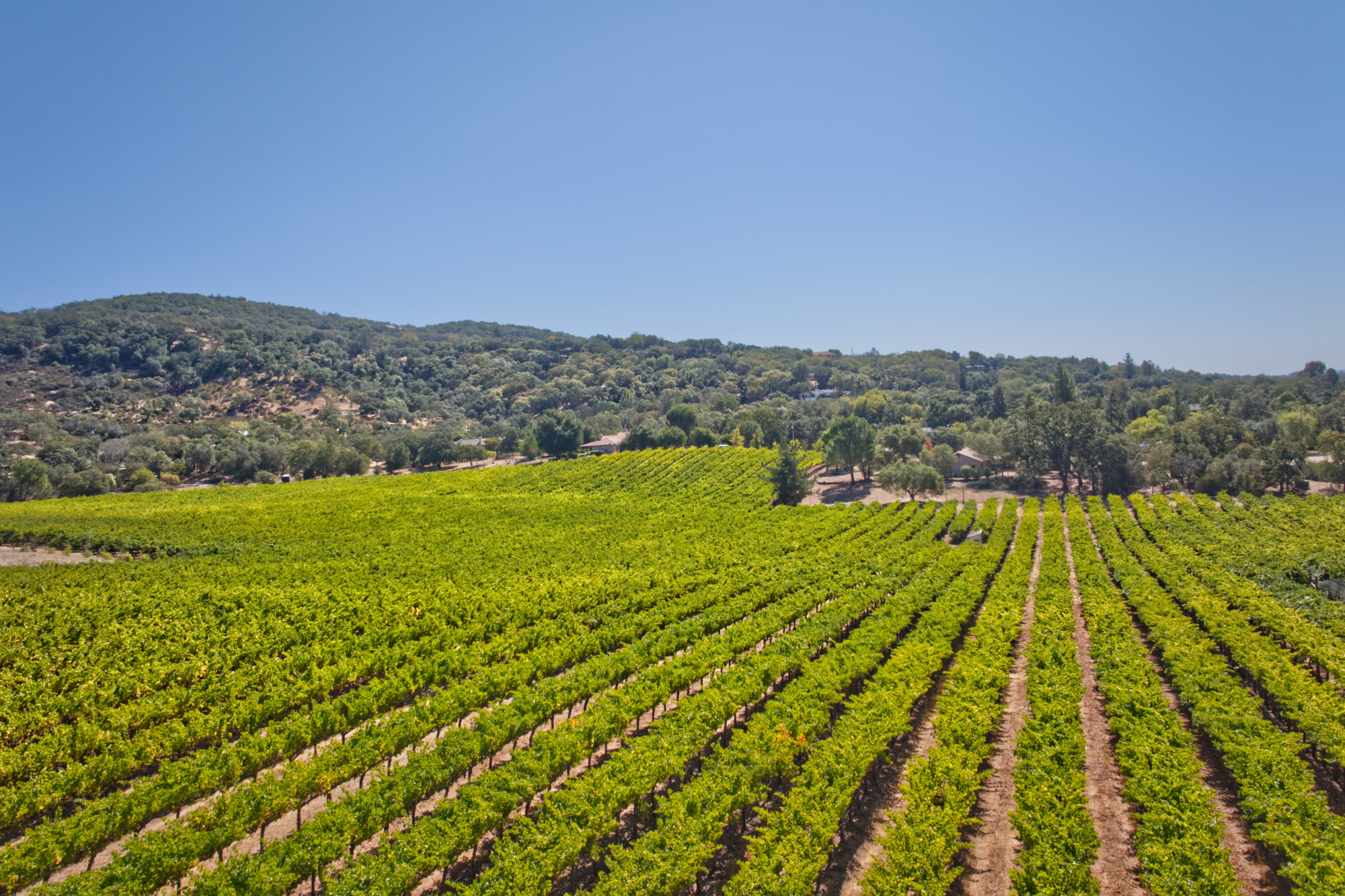
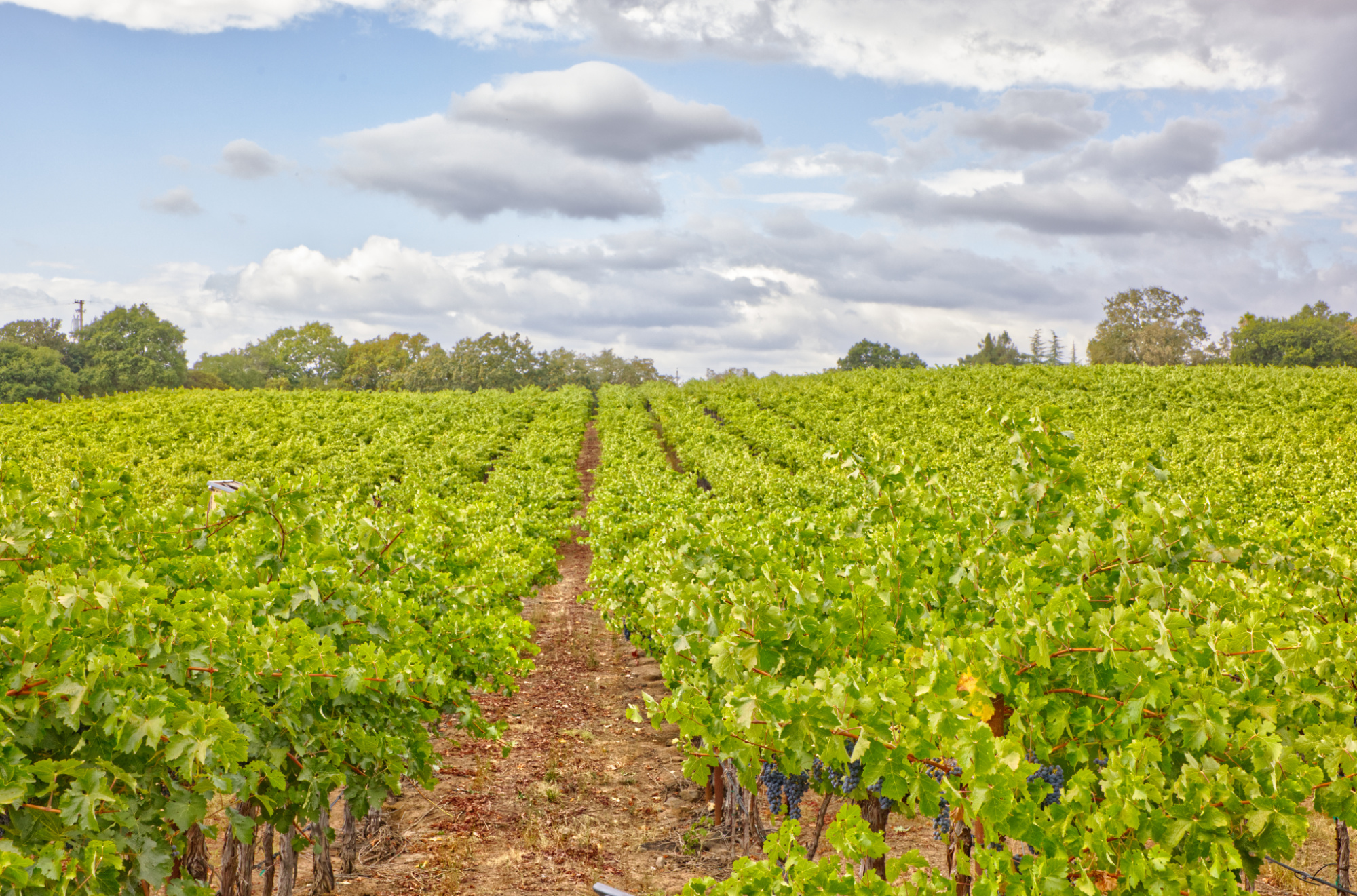
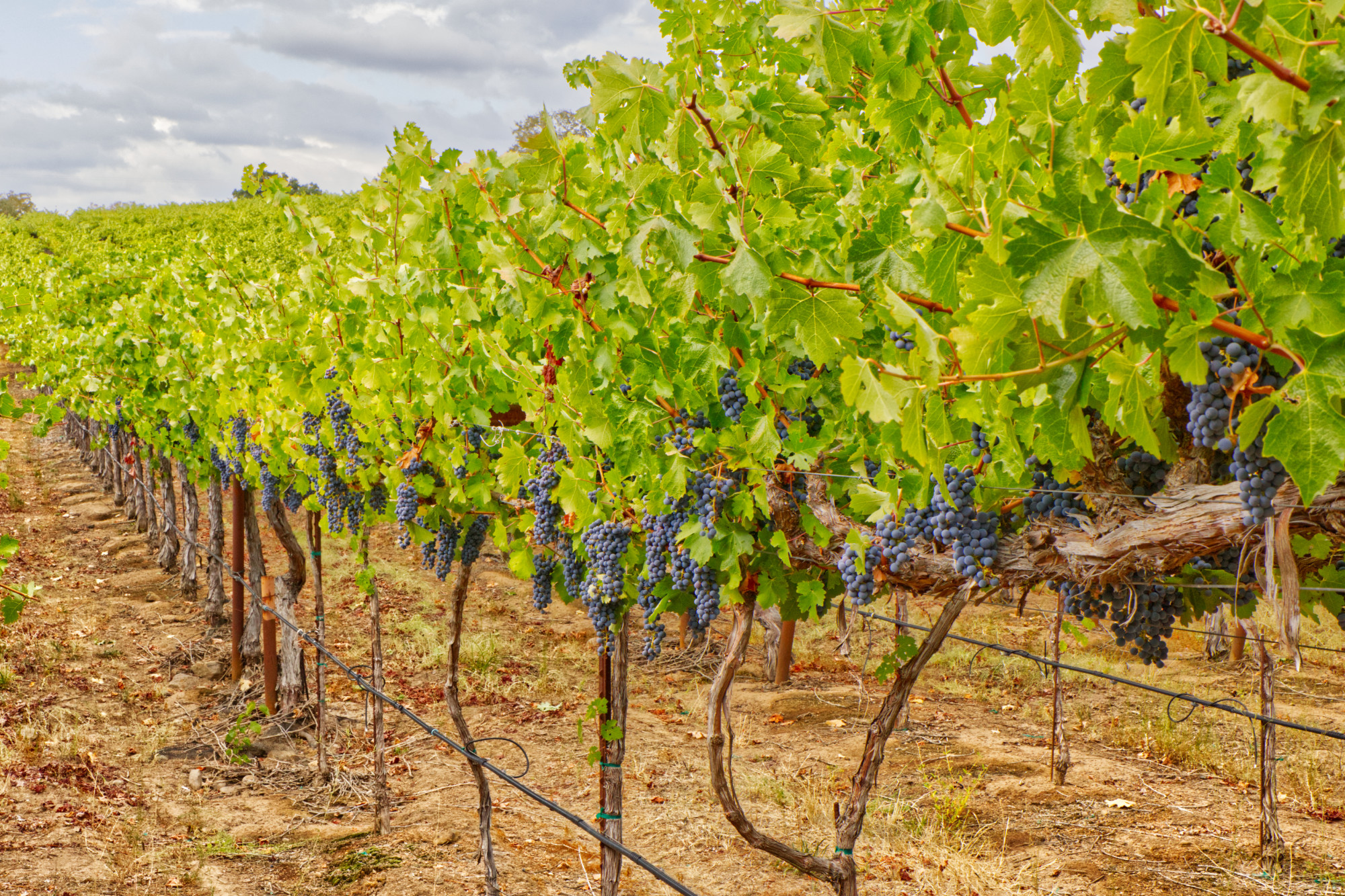
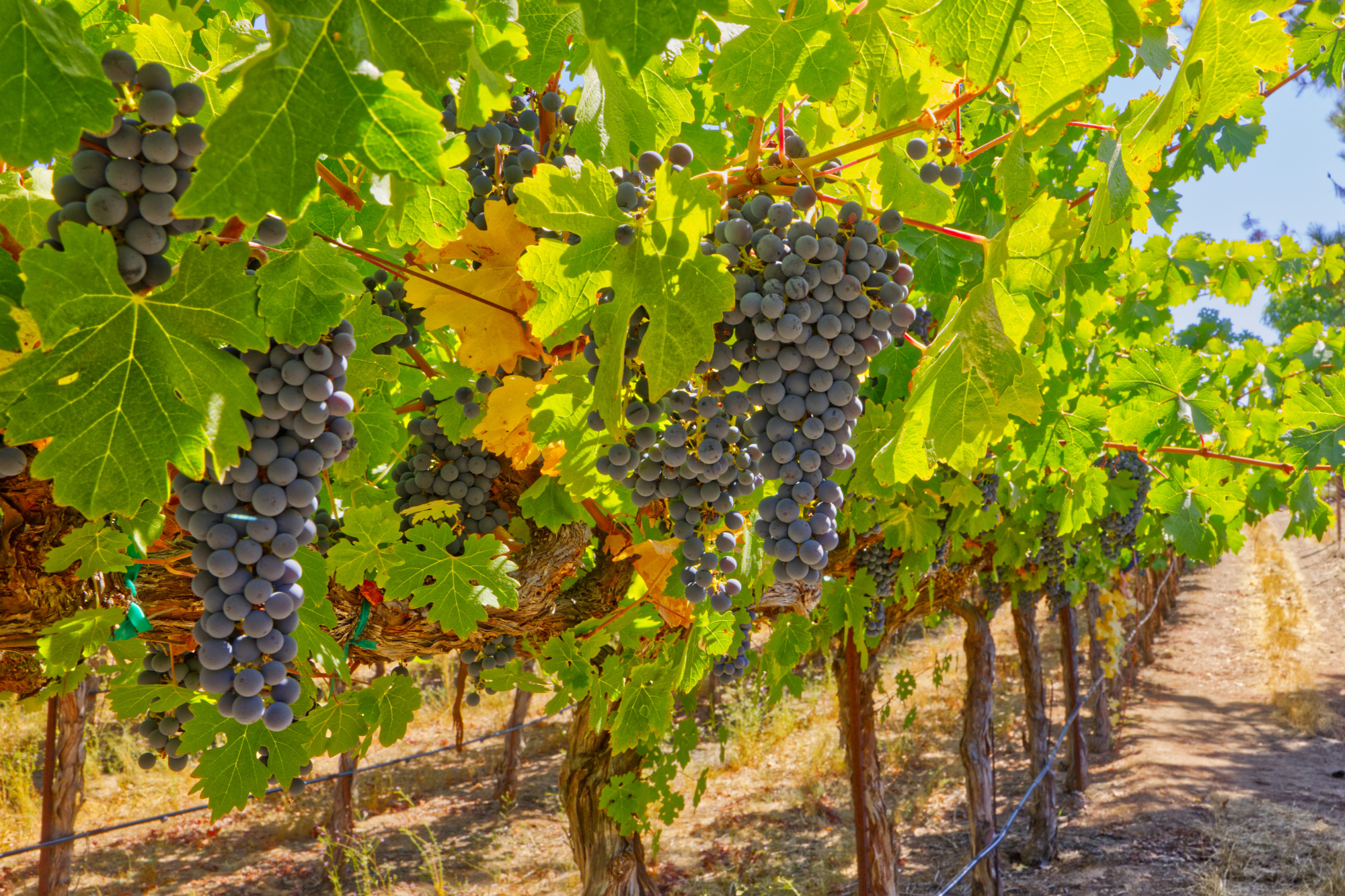
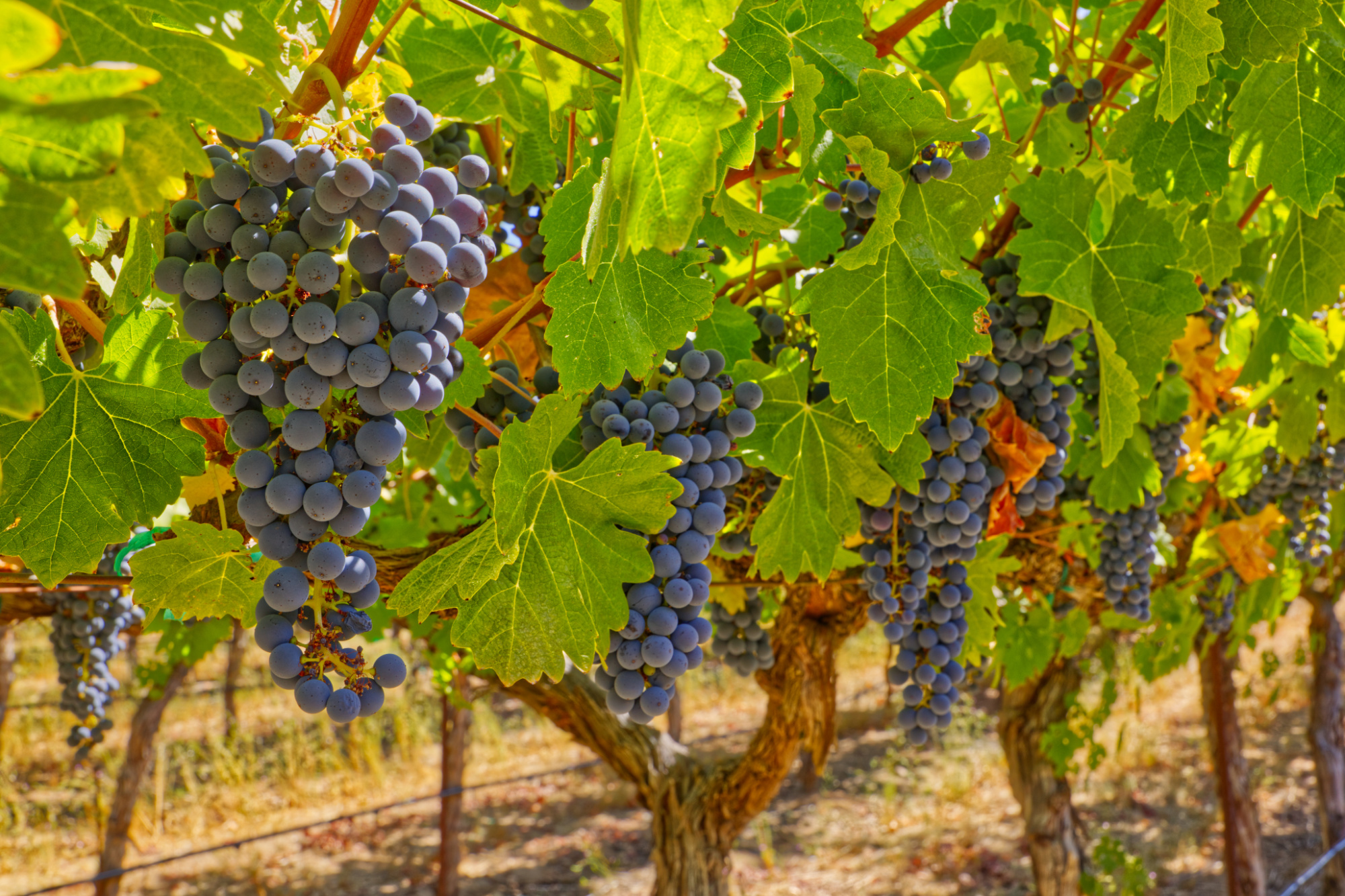
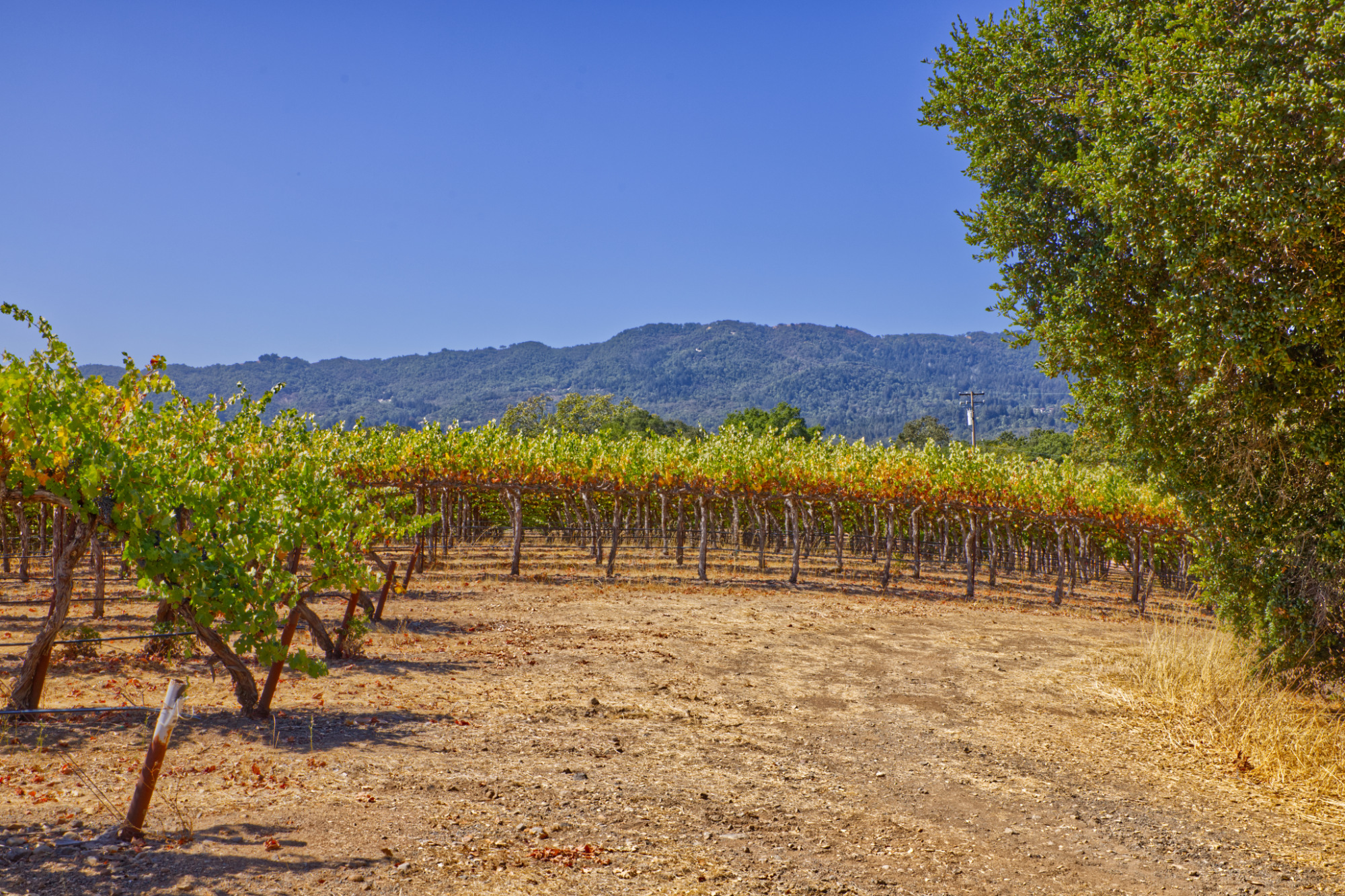
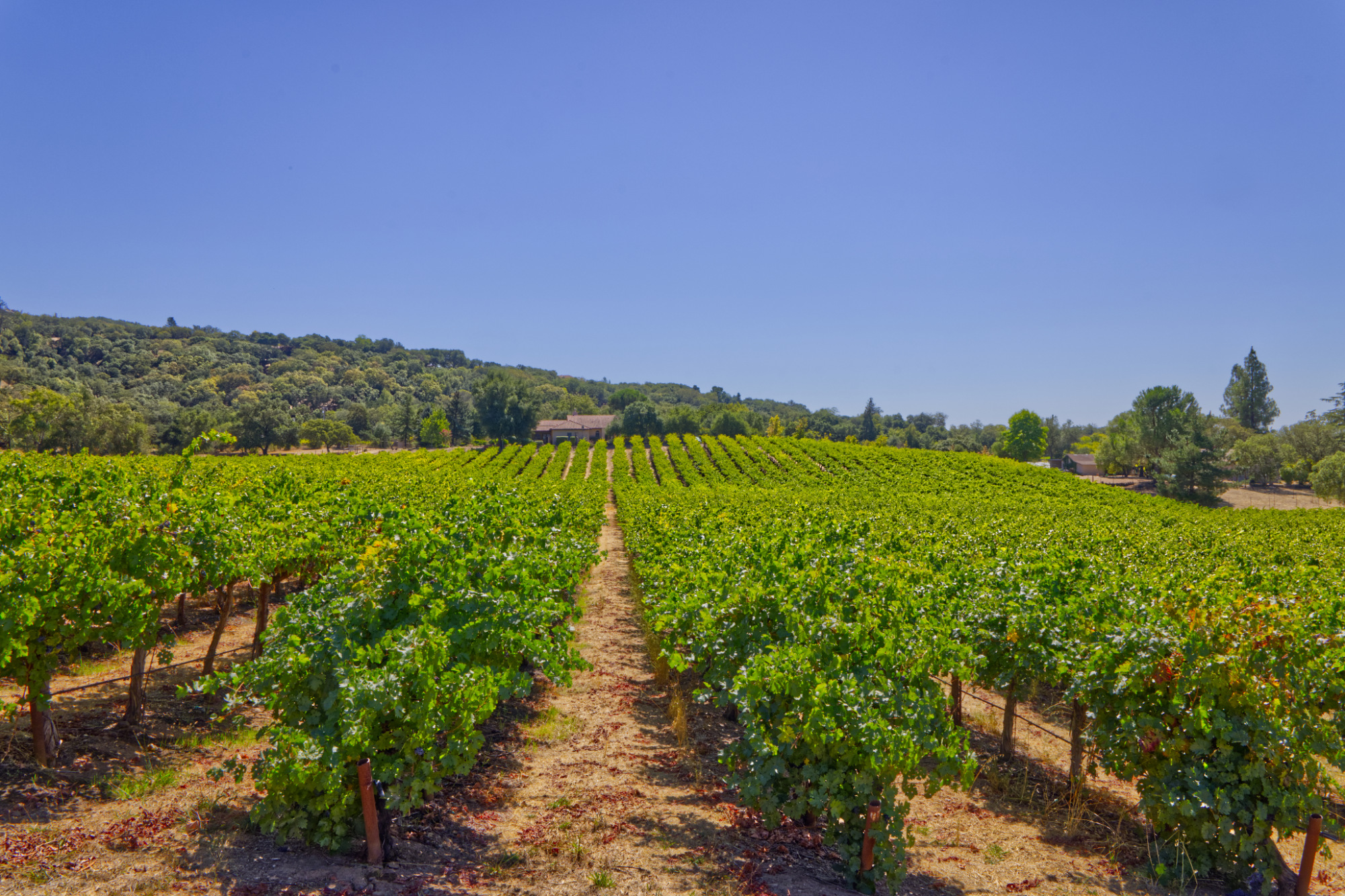
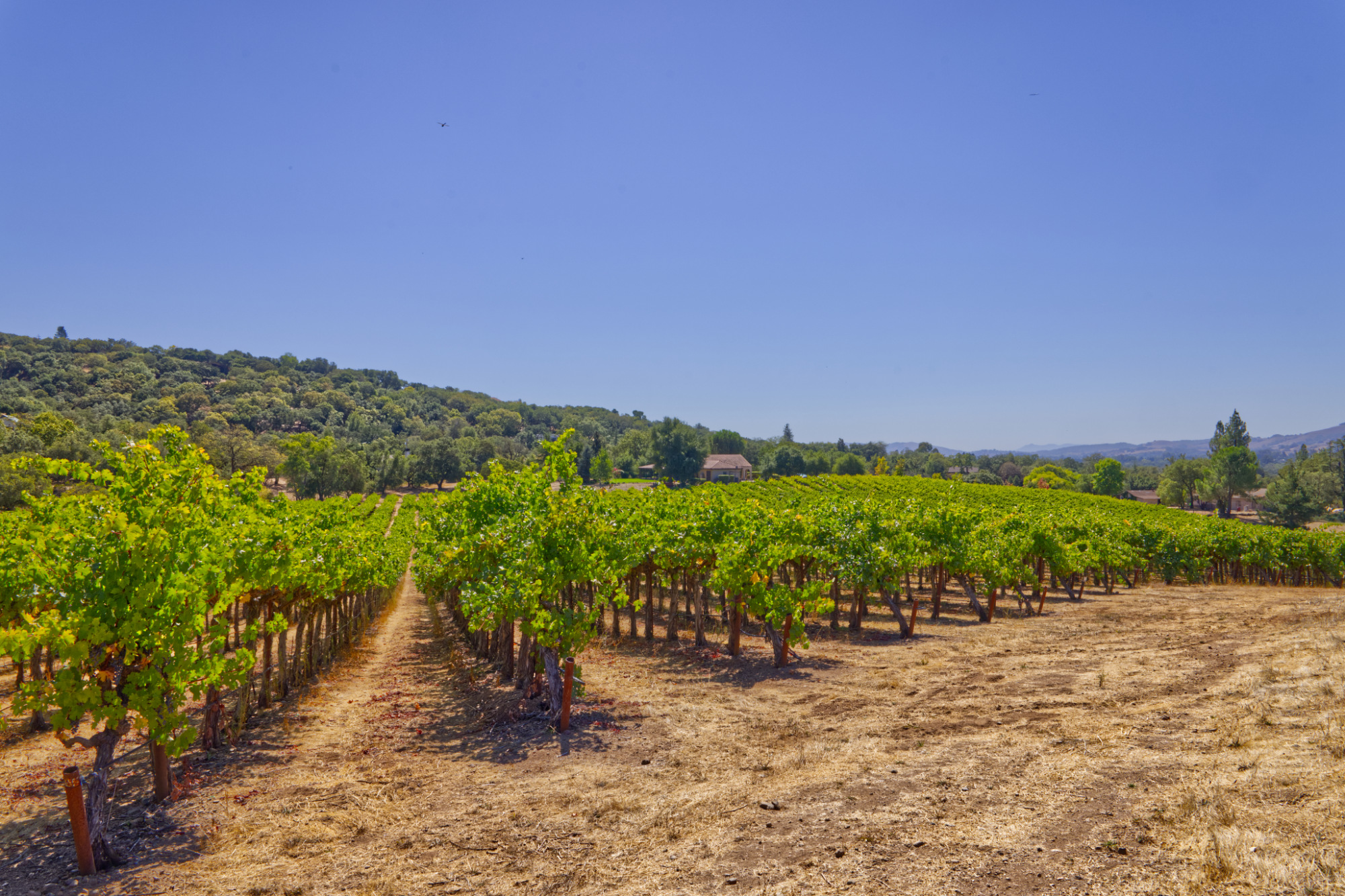
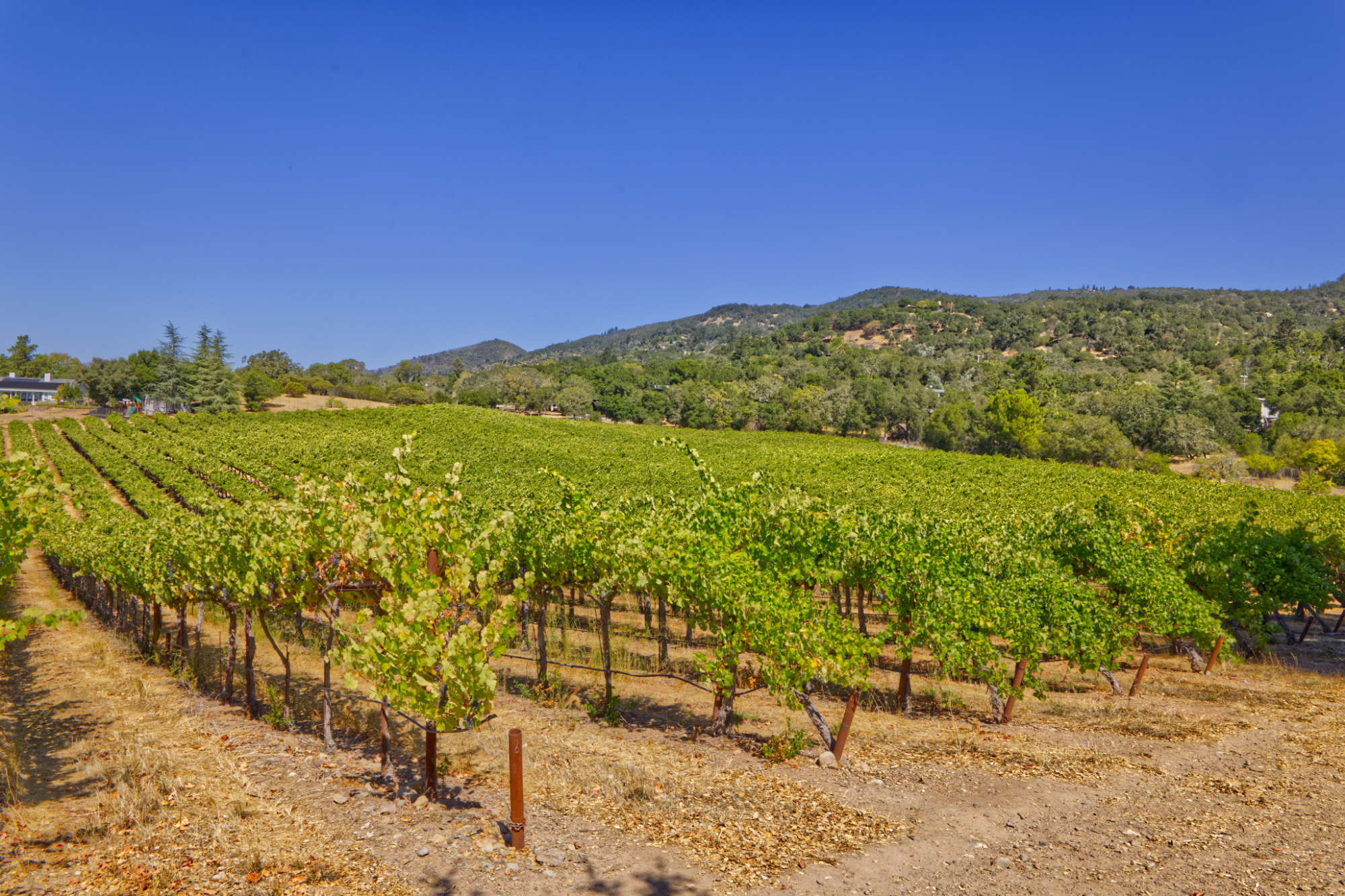
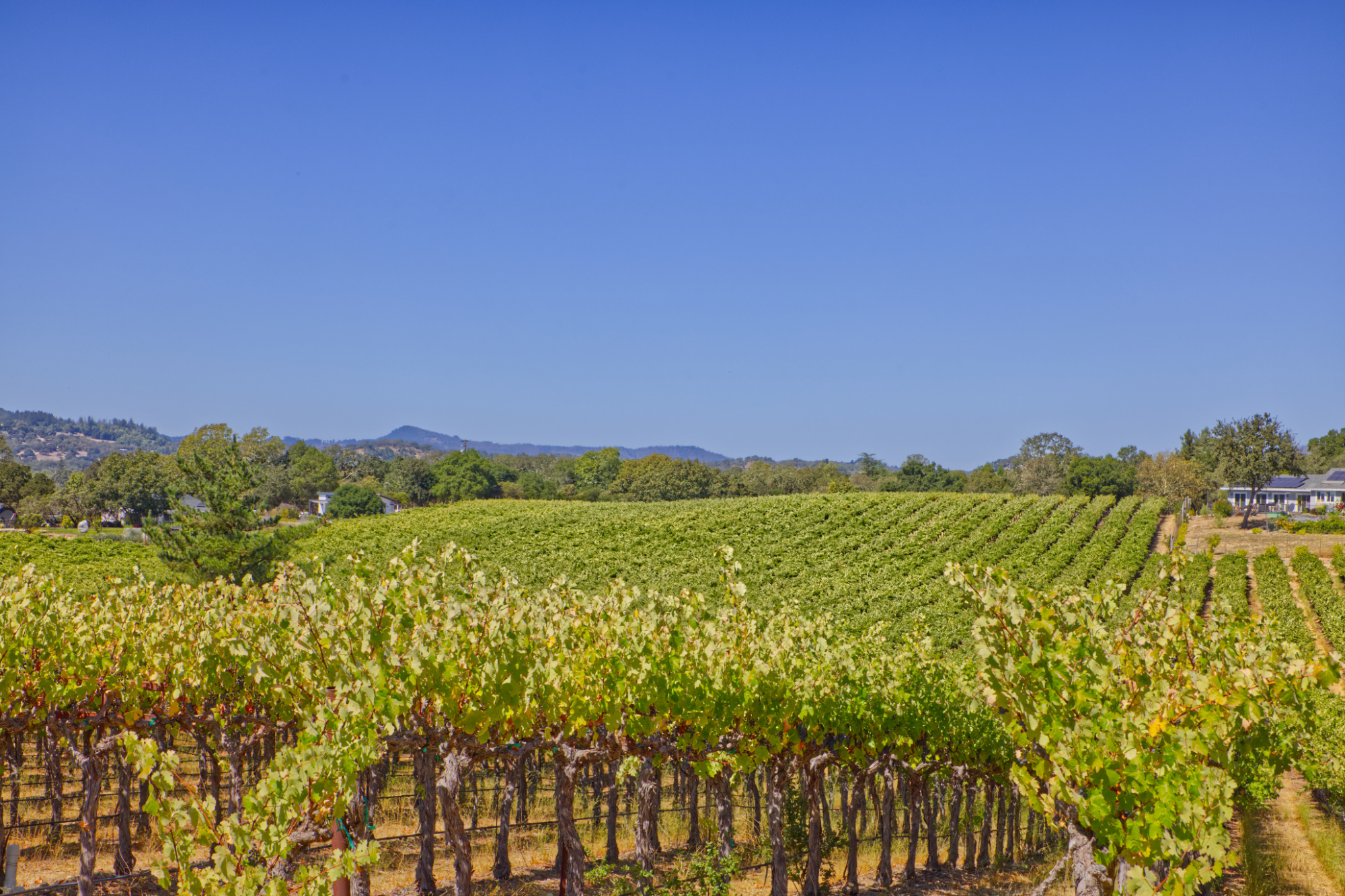
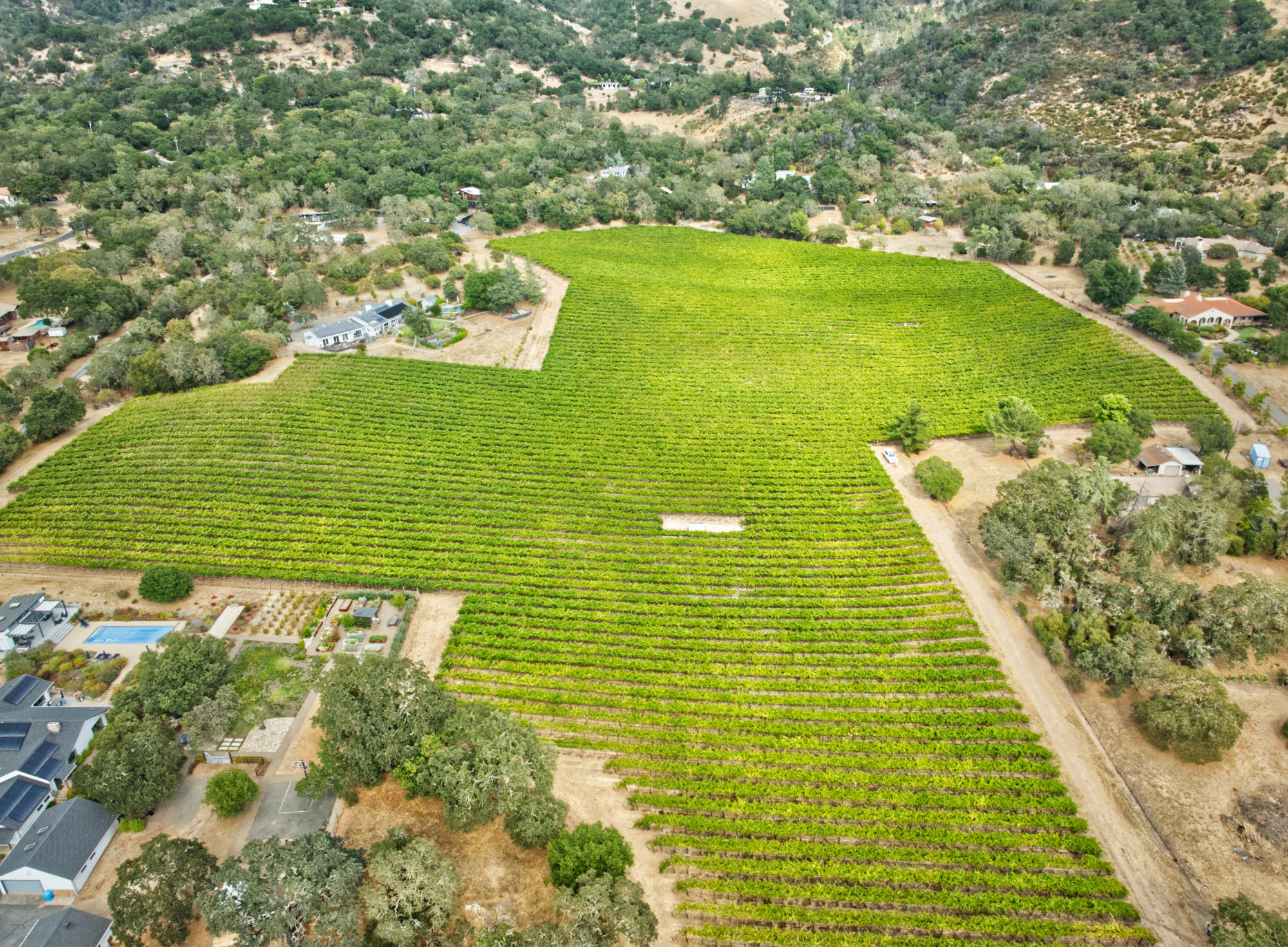
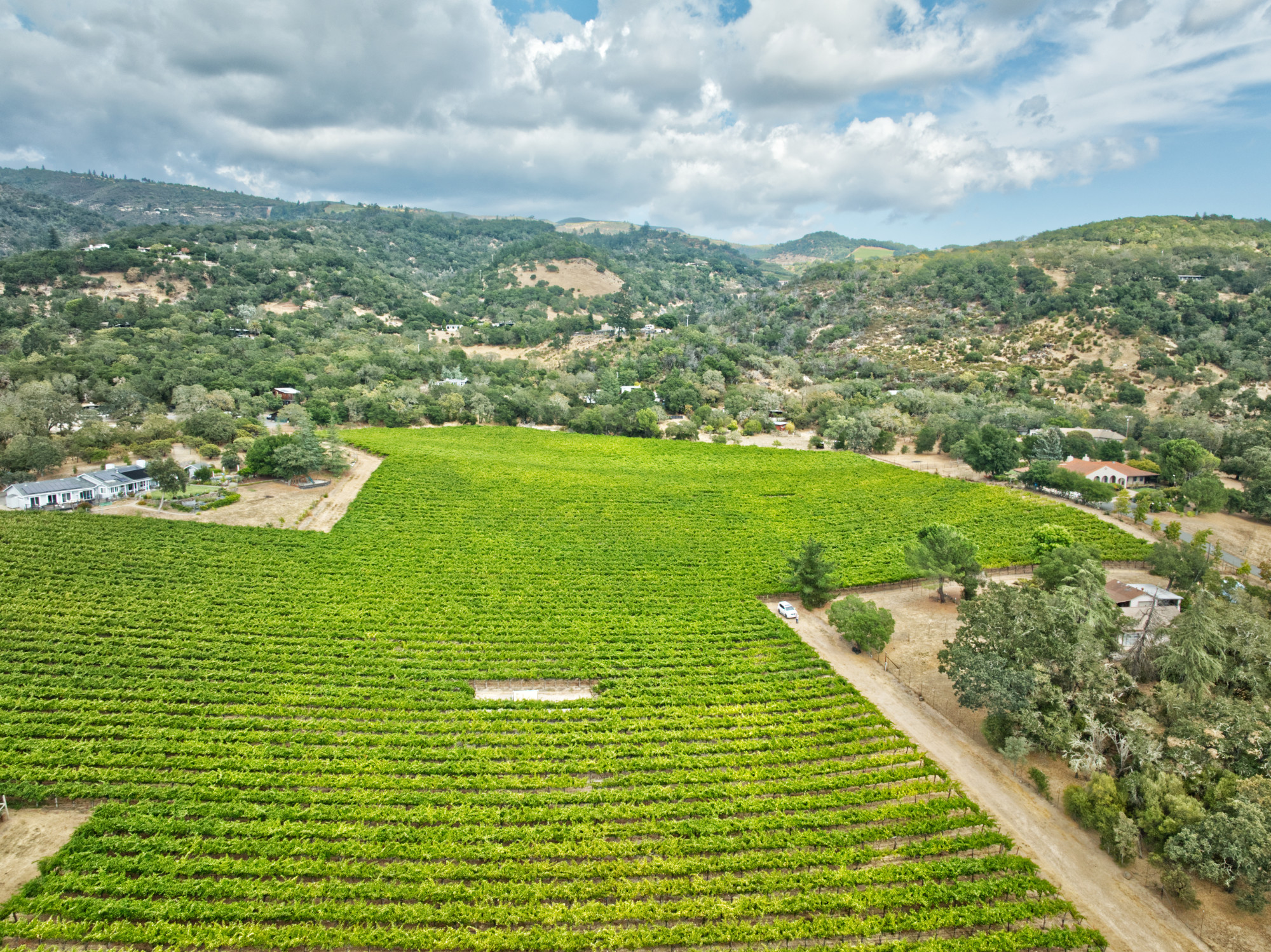
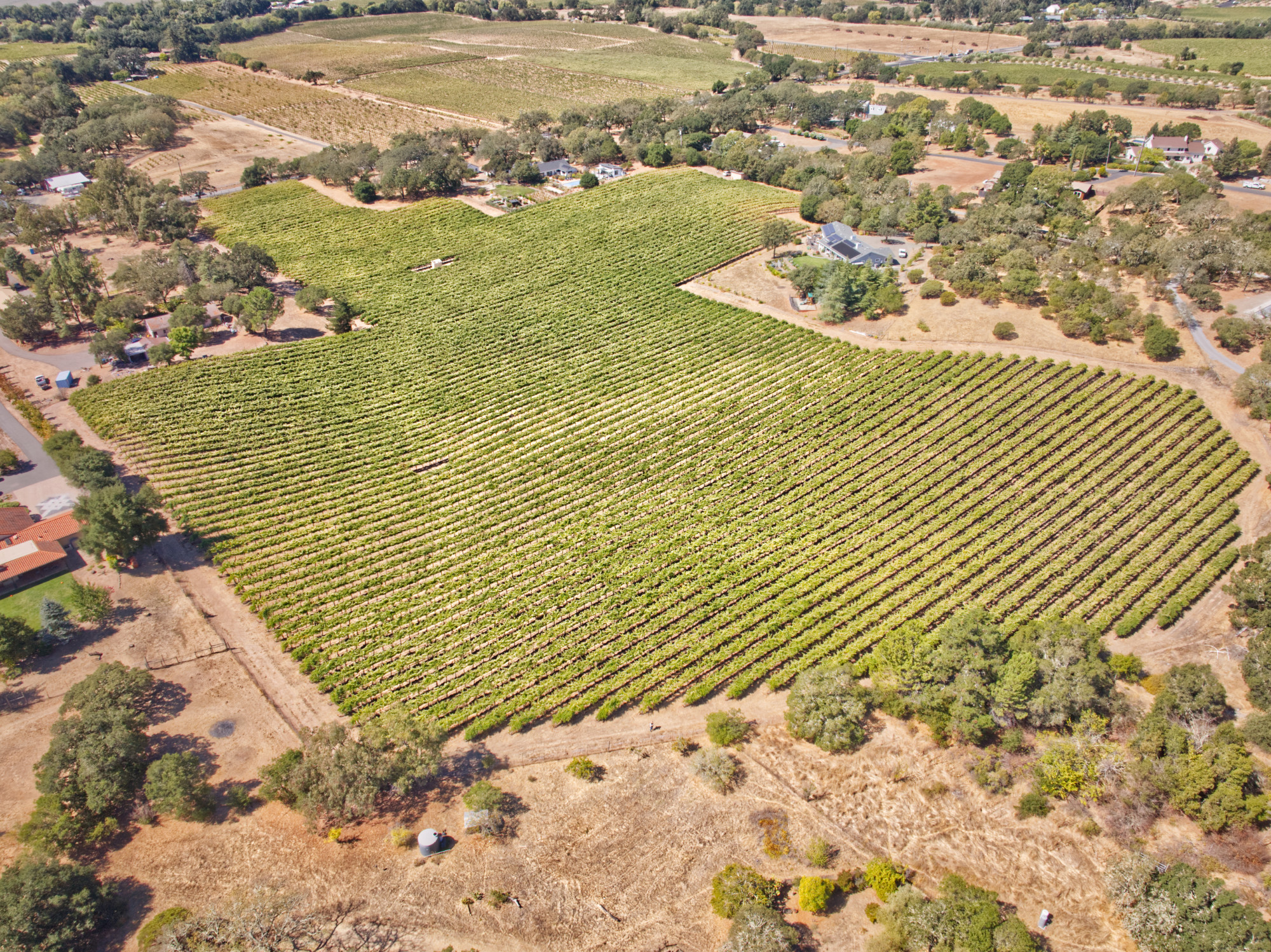
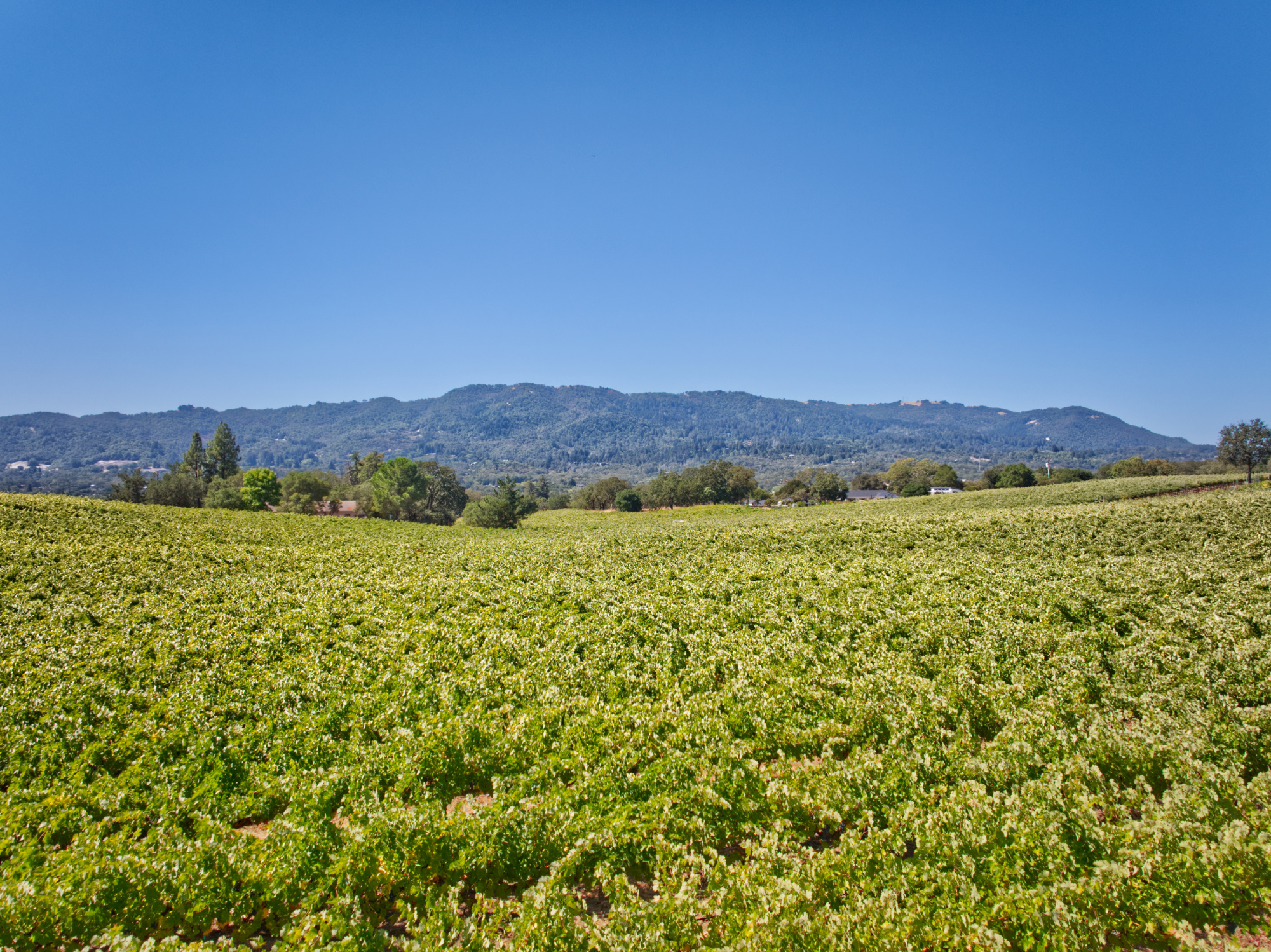
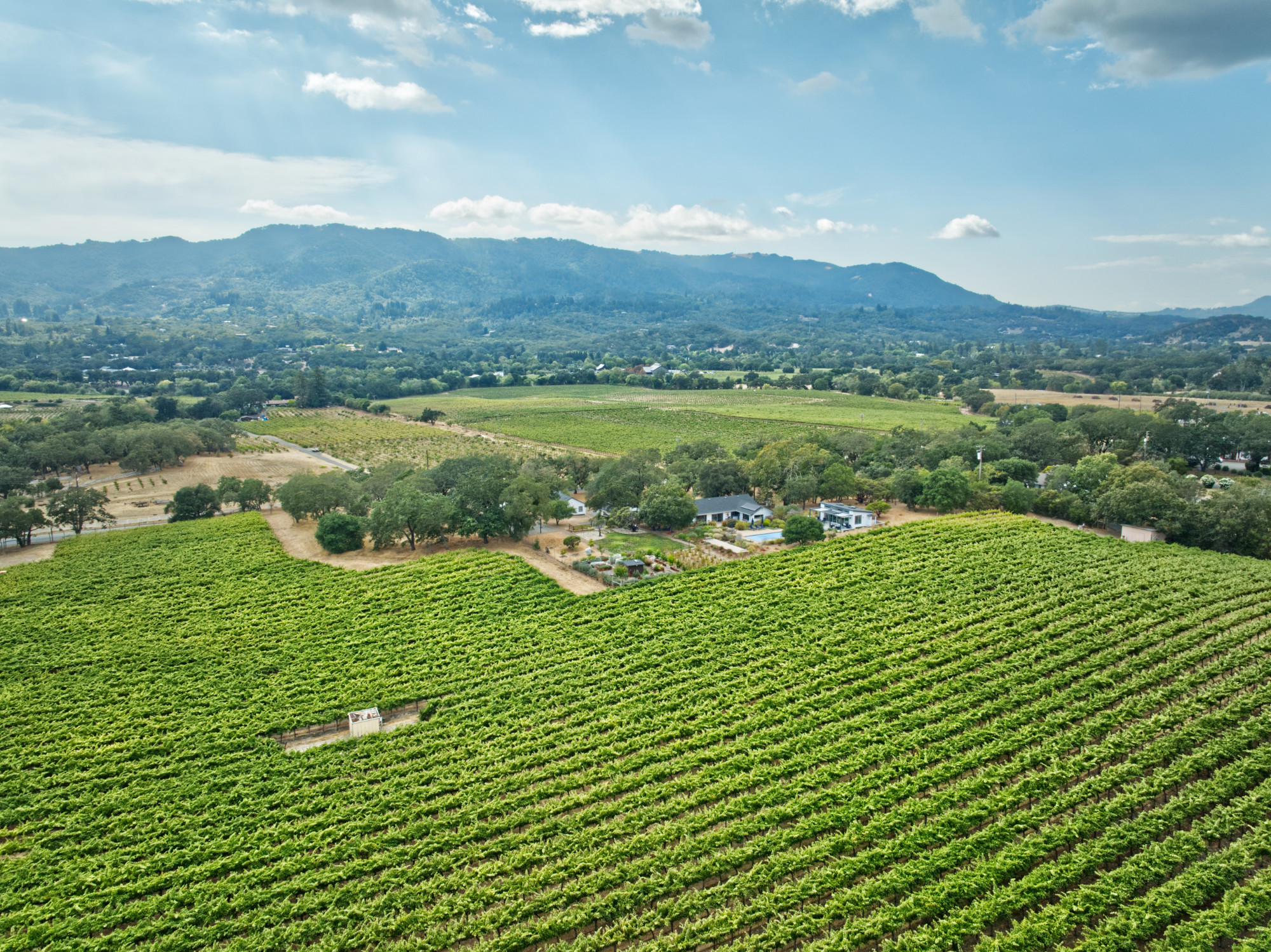
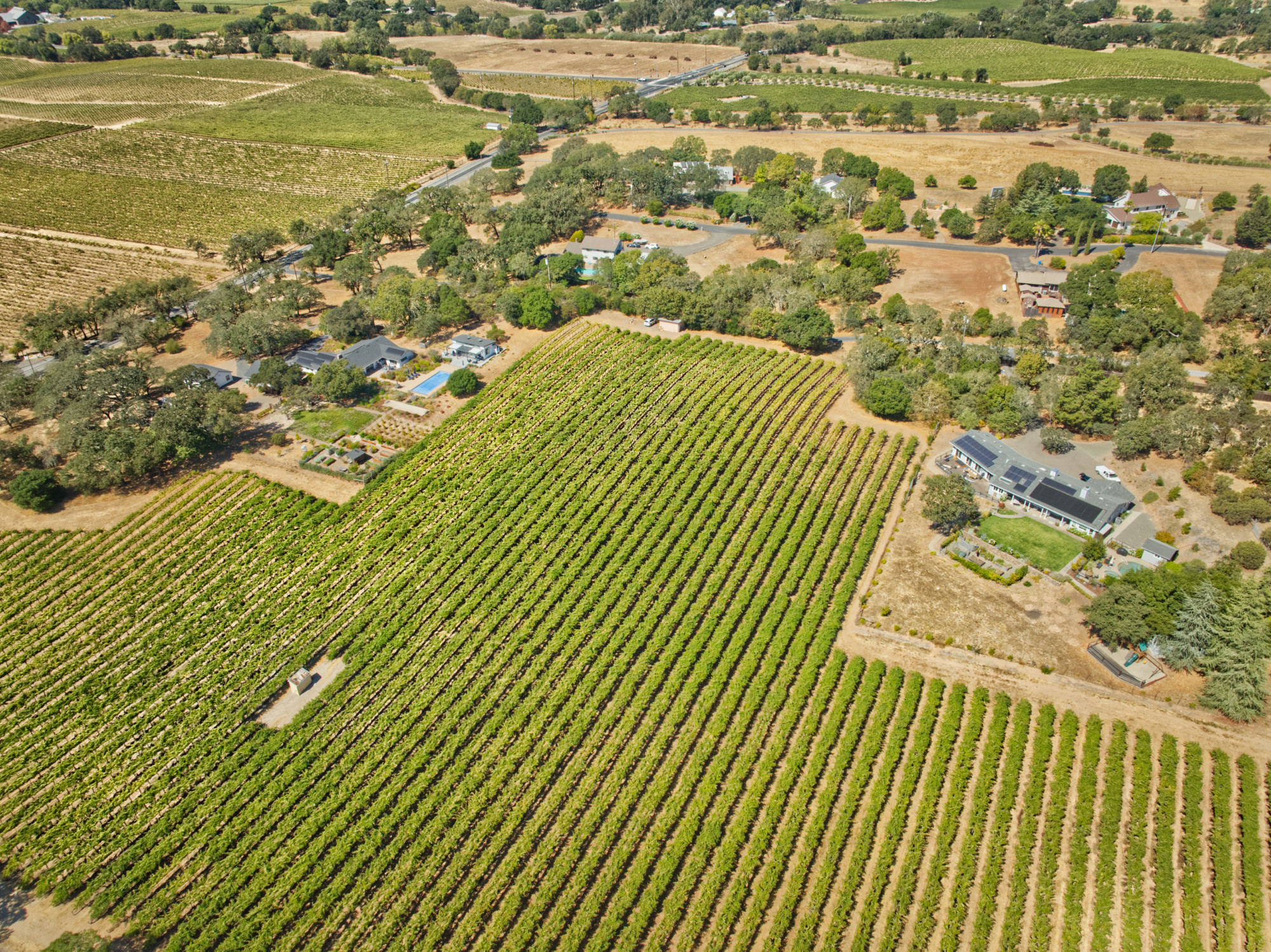
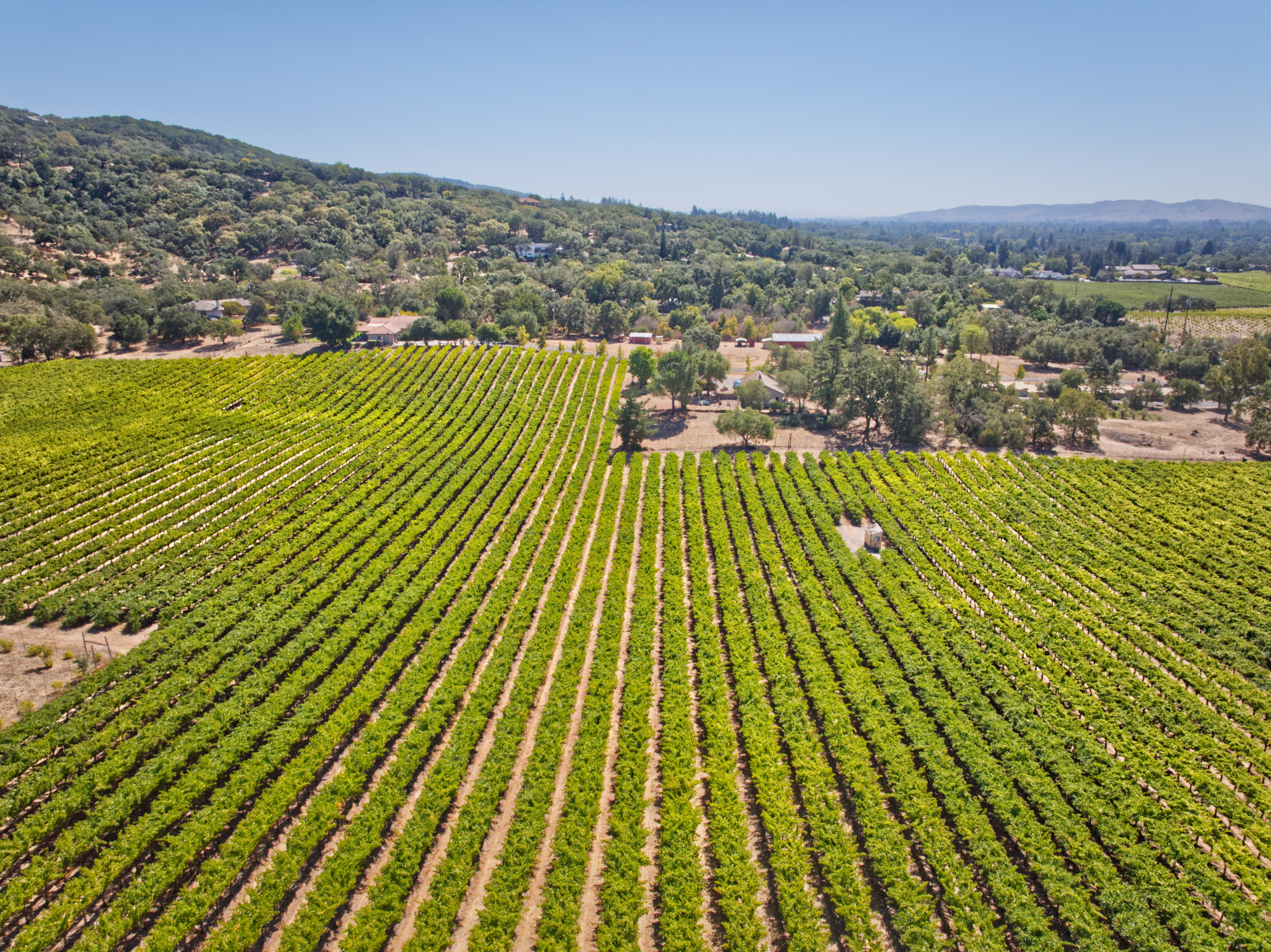
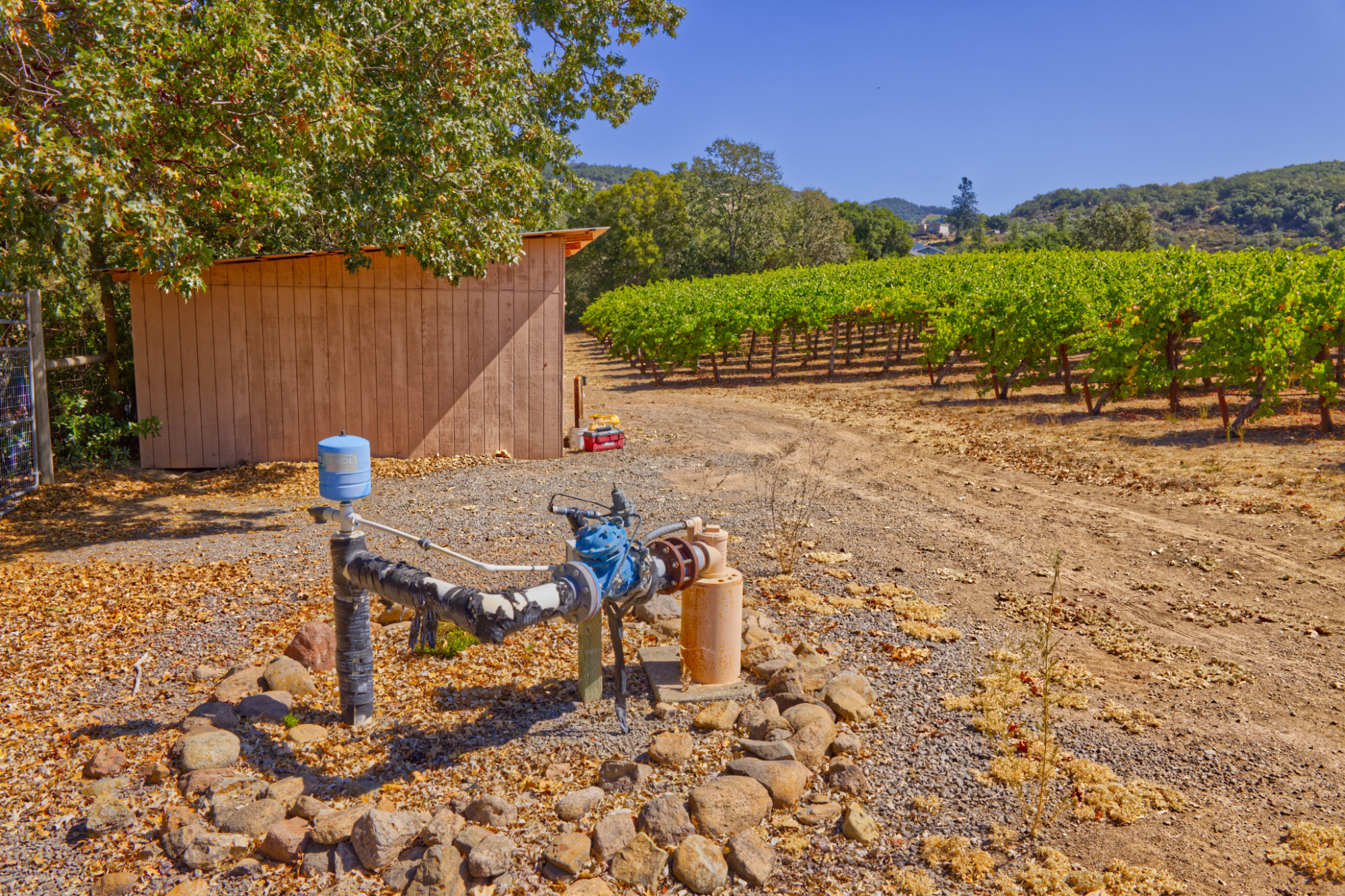
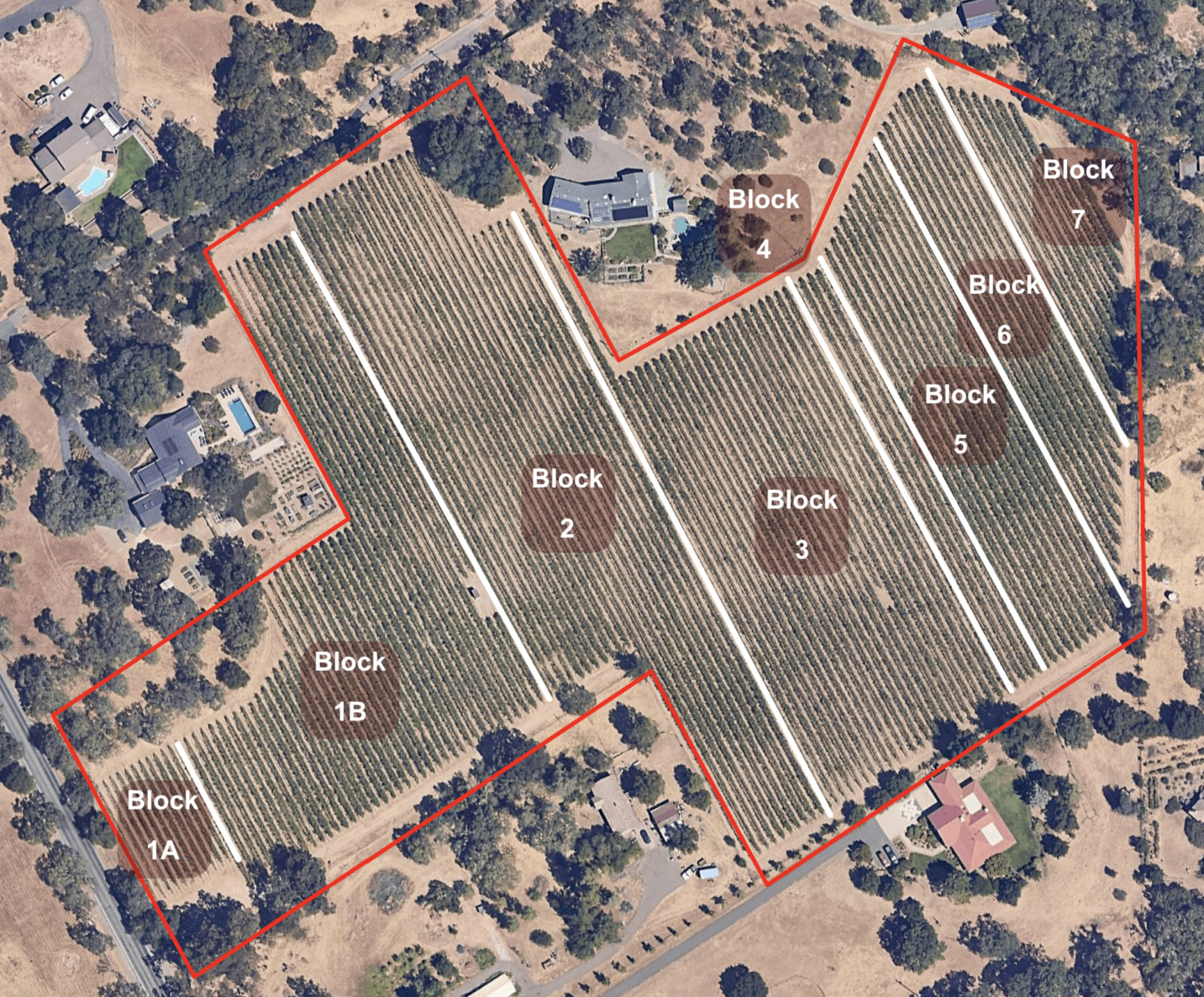
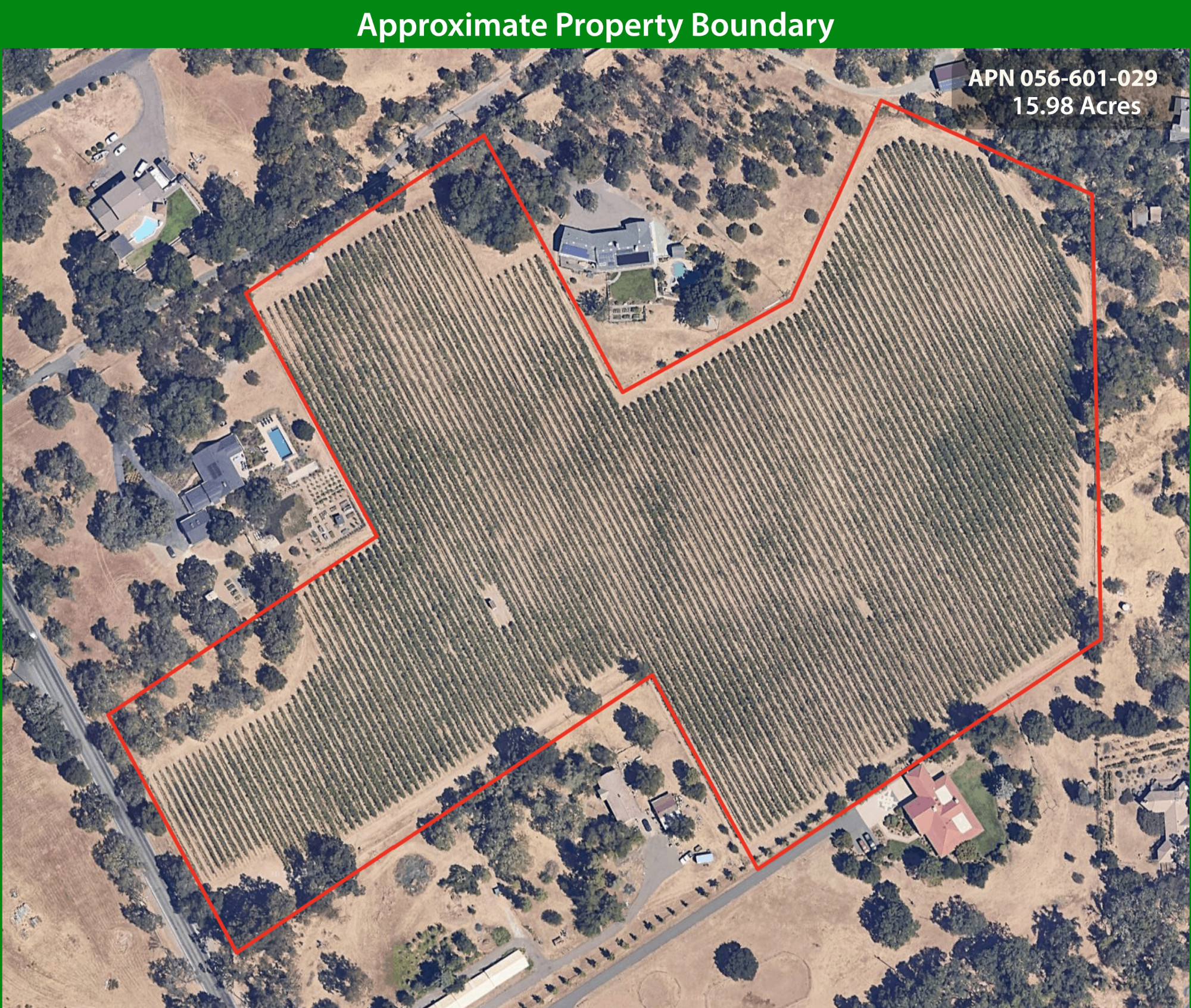
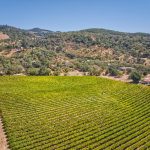
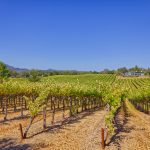
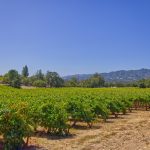

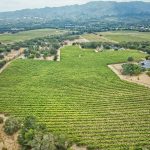
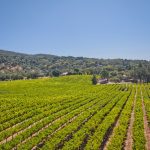
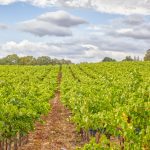
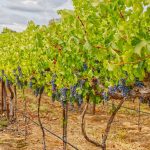
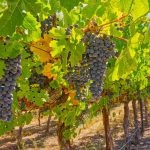
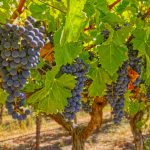
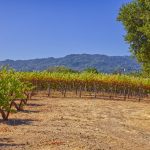


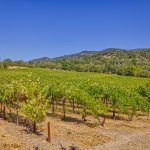
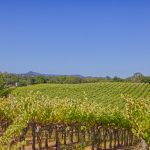

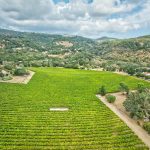
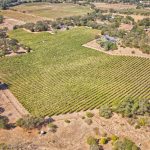

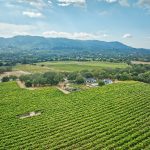
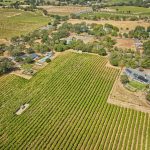
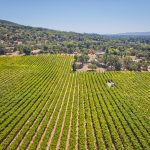



Nestled along the eastern slope of Sonoma Valley at the base of the Mayacamas Mountains, the Rassi Vineyard offers a rare combination of premier viticultural pedigree and estate potential. The nearly 16-acre property features approximately 11.89 acres planted to Cabernet Sauvignon in gravelly soils with excellent afternoon sun exposure and long, warm summers—conditions long recognized for producing exceptional fruit. The vineyard is certified sustainable with Fish Friendly Farming practices, and its grapes have contributed to acclaimed wines bearing the Rassi Vineyard designation, including a recent 93-point score from James Suckling for the 2023 vintage.
The setting provides not only a proven vineyard site but also the opportunity for an estate home amid the scenic beauty of Sonoma Valley. With its gently sloping terrain, privacy, and expansive vineyard views, the property is ideally suited for a wine country residence that complements its agricultural roots. Located within the Sonoma Valley AVA, the vineyard sits close to the historic towns of Sonoma and Glen Ellen, where fine dining, boutique amenities, and a rich winemaking culture define the local lifestyle.
Beyond its beauty and prestige, the property benefits from practical features sought after by discerning buyers. A private well serves the land, and the vineyard is laid out in multiple blocks with a mix of premium clones on proven rootstocks across plantings dating from 2001 to 2012. The parcel’s zoning, accessibility, and agricultural heritage further enhance its appeal for those seeking a turnkey vineyard or a dual-purpose estate property anchored in one of California’s most storied wine regions.
Presented at $2,199,000
Click Here For Wine Country Real Estate Articles, Facts and Figures
14,000 vineyard acres
55 wineries
Earned AVA status in 1981 (amended in ’85 & ’87)
The Sonoma Valley Appellation (AVA) centers on the Sonoma Valley. It is also has the name of The Valley of the Moon in the southern portion of the county. The appellation borders two mountain ranges: the Mayacamas Mountains to the east and the Sonoma Mountains to the west.
Along with being the area where so much of Sonoma County’s winemaking history took place, the area is known for its unique terroir. Sonoma Mountain protects the area from the wet and cool influence of the nearby Pacific Ocean. The Sonoma Mountains to the west help protect the valley from excessive rainfall. The cool air that does affect the region comes northward from the Los Carneros region and southward from the Santa Rosa Plain.
Because the valley cools from the north and south, it is different from other California north-south-oriented grape growing valleys in the interior. The daily wind that makes its way into the northern and southern sections of the valley slows ripening. This prolongs hang time and promotes natural balance in the wines. In the appellations of the North Coast, the wind is unique to Sonoma Valley and Carneros.
The soils of the Sonoma Valley, like the rest of the county are varied. One finds a wide disparity between valley floor and mountain soils. Those found in flatter, valley areas tend to be quite fertile, loamy and have better water-retention. The soils at higher elevations are meager, rocky and well-drained. In general, the structure, rather than the composition of the soil, is the deciding factor where grape plantings are concerned. More Info.